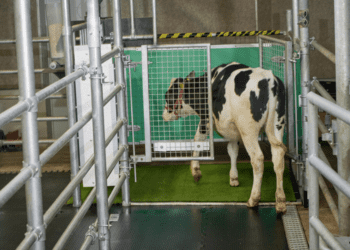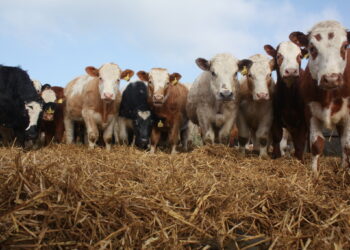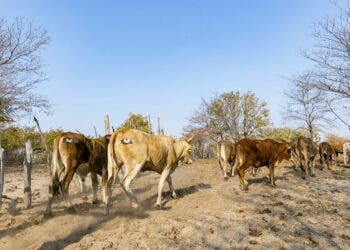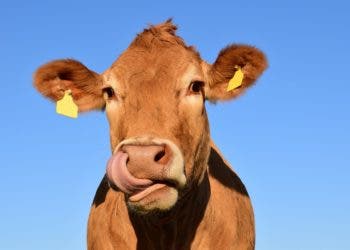We aren’t the only ones affected by heat waves, and here’s a clear example. Thousands of cattle in feedlots in Kansas have died because of the record temperatures, high humidity, and little wind registered in recent days. While the final toll remains unclear, government officials have reported at least 2,000 excruciating deaths.
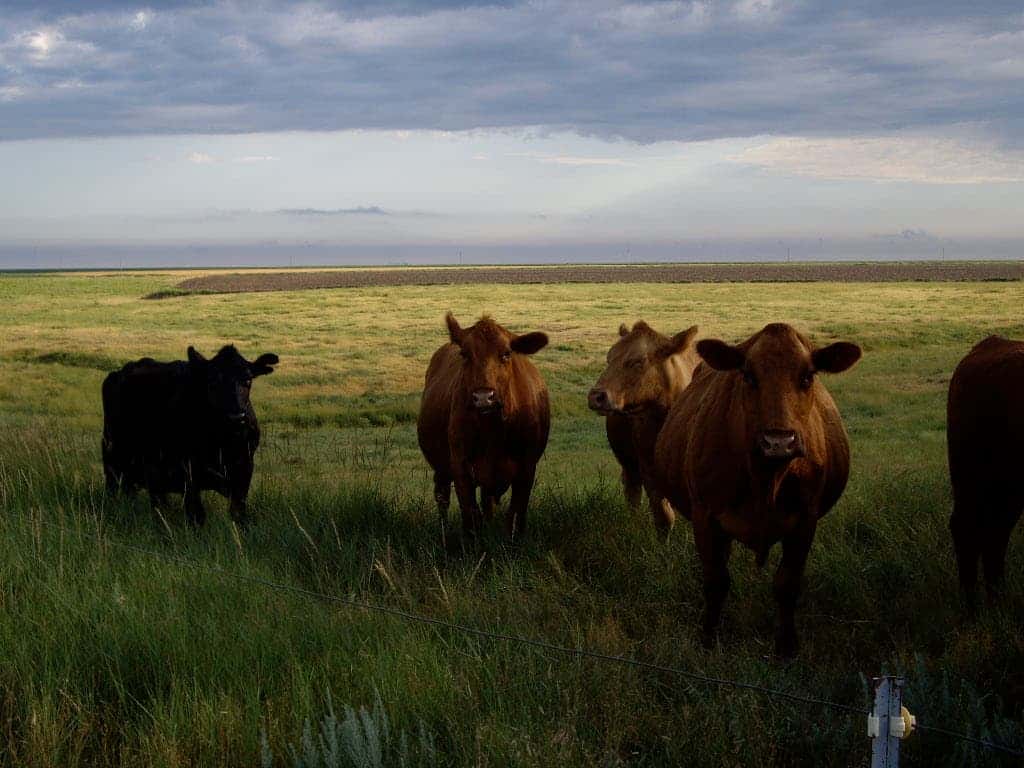
The Kansas Department of Health and Environment, the state agency that assists in disposing of the dead cows, has solely blamed the heat wave for the deaths and said they expect the number to rise as more feedlots are still reporting their losses. Footage of rows of cattle corpses in a field has been widely shared online in the last few days.
Temperatures reached as high as 42 degrees Celsius (108 degrees Fahrenheit) in some areas of the state over the weekend. To make things worse, humidity spiked and winds dropped, creating the conditions for a disaster. Almost the entire western half of Kansas is currently classified by the Drought Monitor as abnormally dry or in a drought.
“This was a true weather event — it was isolated to a specific region in southwestern Kansas,” A.J. Tarpoff, a cattle veterinarian with Kansas State University, told AP. “Yes, temperatures rose, but the more important reason why it was injurious was that we had a huge spike in humidity and at the same time wind speeds actually dropped.”
A perfect storm
Kansas is the third-largest cattle producer in the US, only behind Texas and Nebraska, with over six million head of cattle in 2018—nearly 7% of the total number of cattle in the country. The deaths represent a big economic loss for cattle ranchers, as the animals, which typically weigh around 1,500 pounds, are worth about $2,000 each — in addition to the tragedy itself.
Cattle are especially sensitive to high temperatures as they have few sweat glands and depend on respiration or panting, to keep cool. Also, their digestive process creates a lot of heat inside their bodies, which they disperse during the evening when it’s usually cooler. Hot nights like these ones mean cows can’t get rid of this accumulated heat.
“Cattle accumulate heat during the day, and then over the nighttime hours, it takes four to six hours for them to dissipate that heat. As long as we have a cooling effect at night, cattle can mostly handle the heat. Where we run into issues is where we have two to four days in a row of minimal nighttime cooling,” Tarpoff told Progressive Farmer.
While farmers can’t prevent every heat-related loss, there are several mitigation strategies they can use during summer, Tarpoff said. As well as providing cattle with extra water sources, it helps to use sprinklers overnight to cool the floor. Large mounds, shades, and keeping weeds out of the way for breezes are also good strategies.
Outside Texas, cattle ranches haven’t been so affected by the high temperatures. In Nebraska, with over 37.7 degrees Celsius (100 Fahrenheit) degrees this week, the Department of Agriculture said they haven’t received reports of higher than usual cattle deaths. Also, Oklahoma didn’t report cattle deaths despite temperatures exceeding 32.2C (90F).
